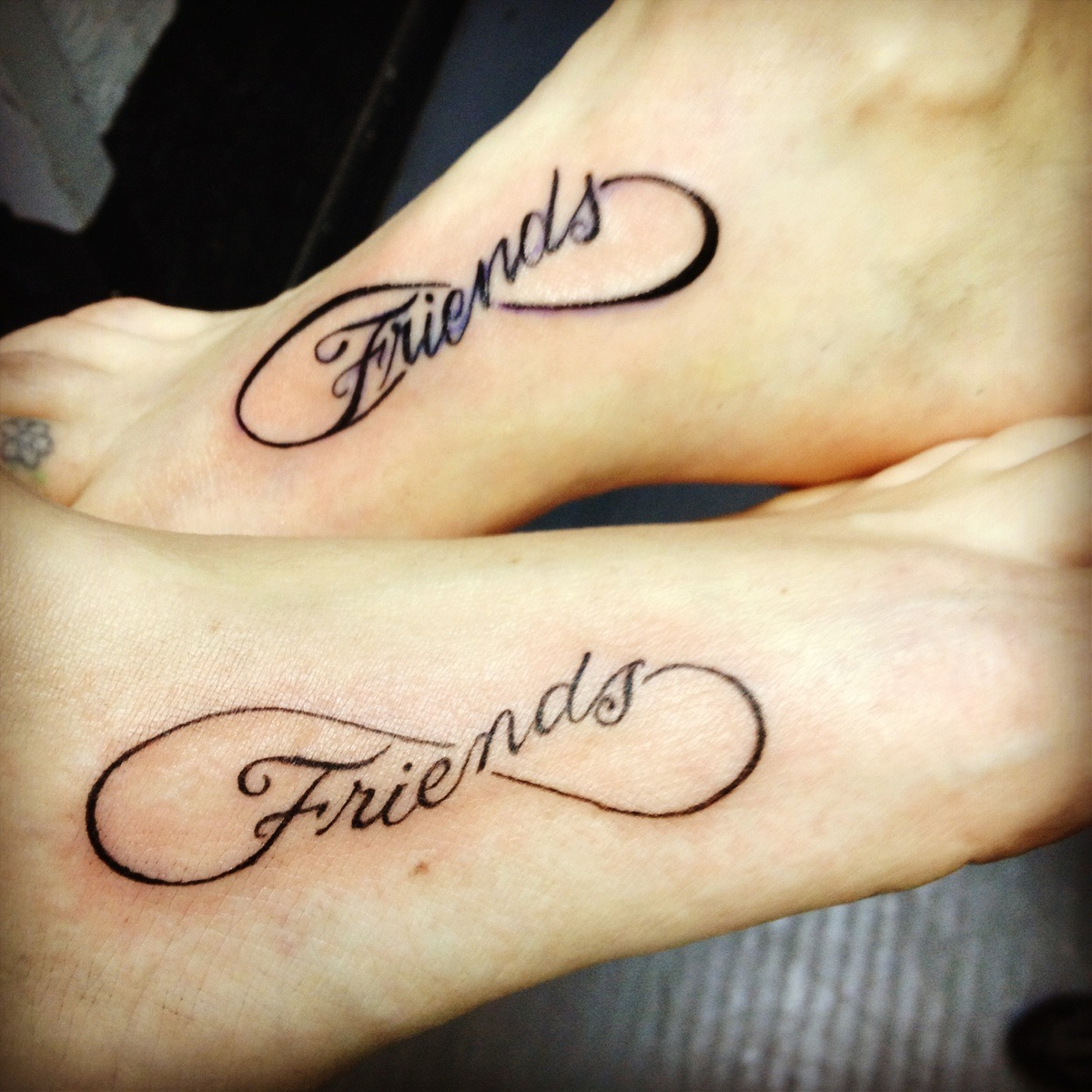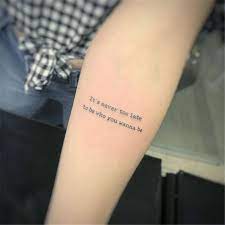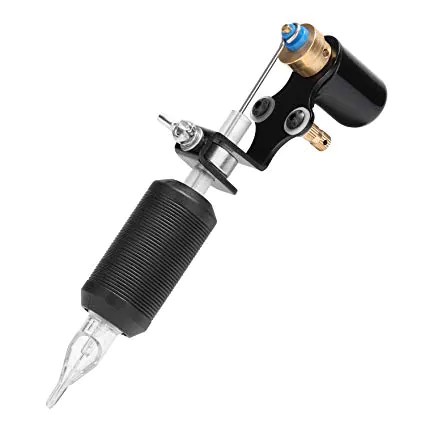
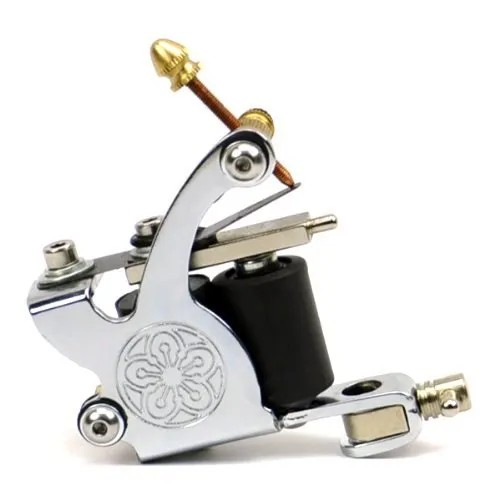
Even the greatest tattoo artists make mistakes occasionally; sometimes, the tools cause these errors. A giant, noisy machine may distract the artist and lead to less precise work.
Coil Tattoo Machines
Tattoo needles are placed at the end of an armature bar, which fits into a stainless steel, reusable tube, or plastic disposable tube. From here, they enter a motor that creates an up-and-down motion for each tattoo needle.
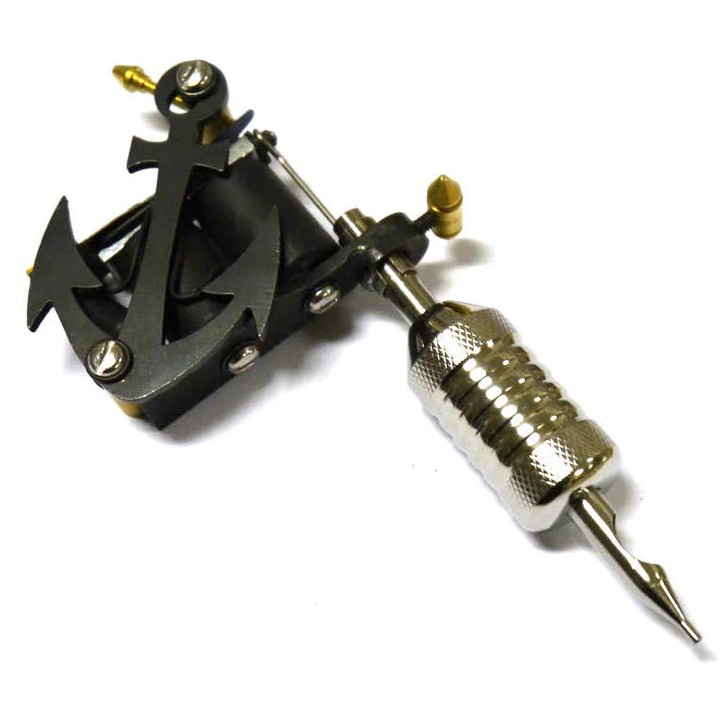
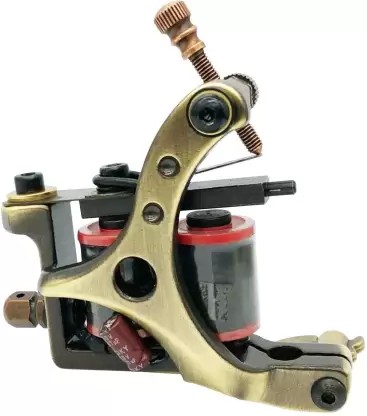
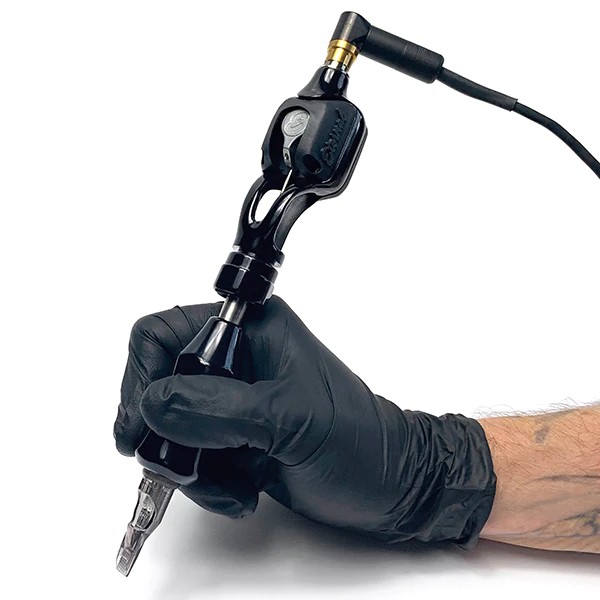
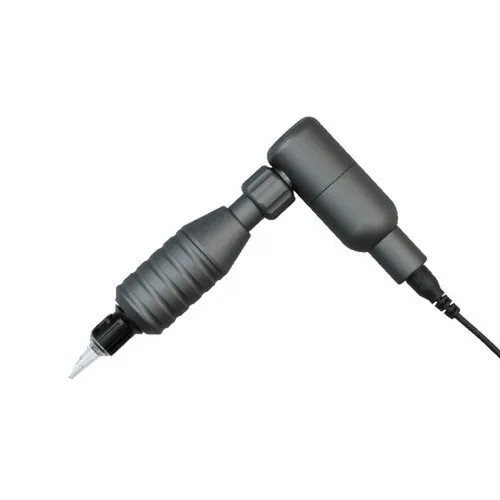
Coil tattoo machines rely on electromagnetic current to draw and release an armature bar holding needles, providing soft hits with consistent results requiring an experienced hand. Furthermore, these machines must be tuned regularly – which may present additional challenges for novice tattoo artists.
The frame geometry of a coil machine is integral in determining its suitability for different kinds of work, from shading or coloring to longer operation times and changing how contact screws with front springs work together to affect its operation. The length of the machine base determines its speed, while the position of the contact screw with the spring can alter how a machine functions.
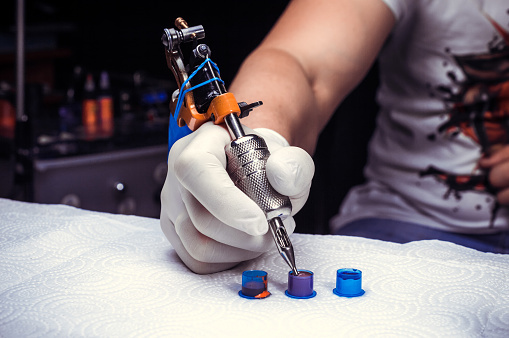
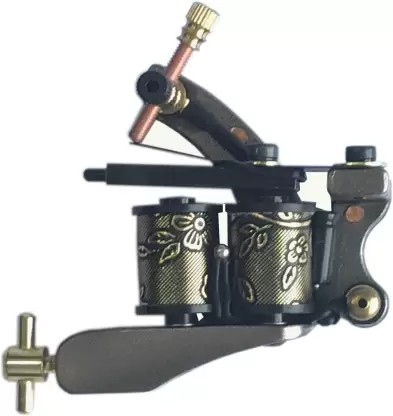
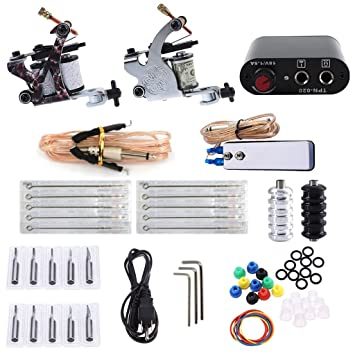
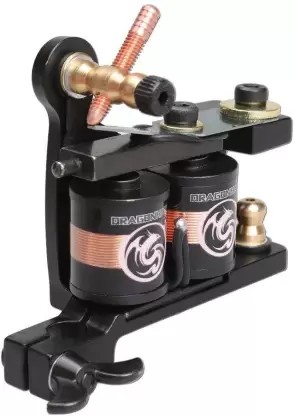
Coil machines are simple to keep clean and maintain; however, their weight makes them cumbersome for long periods.
Rotary Tattoo Machines
The rotary tattoo machine has quickly become one of the most sought-after machines in tattooing. Its simple design and versatility have seen it gain in popularity over recent years, making it suitable for numerous styles of tattooing.
These tattoo machines utilize dual coiled electromagnets to generate enough power to pull and inject an armature bar. Depending on how many wraps – layers of copper wire wrapped around a steel core – are present, some machines can even boast 10- and 12-wrap coils!
The rotary machine is significantly lighter than its coil counterpart, providing artists fewer hand cramps during long sessions. Furthermore, its lower noise output may ease first-time clients’ fears that tattooing may hurt more; additionally, it provides the impression that the pain threshold will decrease with each tattoo session.
Pneumatic Tattoo Machines
The pneumatic tattoo machine is a lightweight, quiet model that runs on air. While an air compressor may be necessary to operate it properly, there is also an external power source for when an electrical connection cannot be obtained. It is ideal for traveling to tattoo conventions where lightweight reliability is critical.
These machines are typically constructed of durable steel cast metal with pure copper tattoo 10-wrap coils and feature both liners and shaders with various needle configurations available; smaller gauge needles enable smoother ink flow, while larger ones pack in more ink for bolder strokes.
The primary drawback to pneumatic tattoo machines is their high cost; just purchasing an air compressor alone could put a considerable dent in your budget. Furthermore, regular maintenance must be performed for these machines to function optimally. These factors explain why pneumatic devices are less popular among tattoo artists than other models.
Hybrid Tattoo Machines
Hybrid tattoo machines combine the hit and bite of a coil with the reliability of a rotary, making them ideal for line work and beginners alike. Their quiet operation works with standard tattoo needles; additionally, they come complete with cartridges and a power supply for ease of use.
Coil tattoo machines use electromagnetic current to pass through coils and vibrate a spring-loaded armature bar, moving needles against the skin. While coil machines can be versatile and precise, they require experience to operate effectively.
Tattoo guns or machines are at the core of the tattooing industry. These powered devices move needles back and forth over skin surfaces to deposit pigment for artwork creation. Most devices can be activated using a foot pedal for ease of use and are generally quiet enough not to annoy artists and clients during long sessions.
